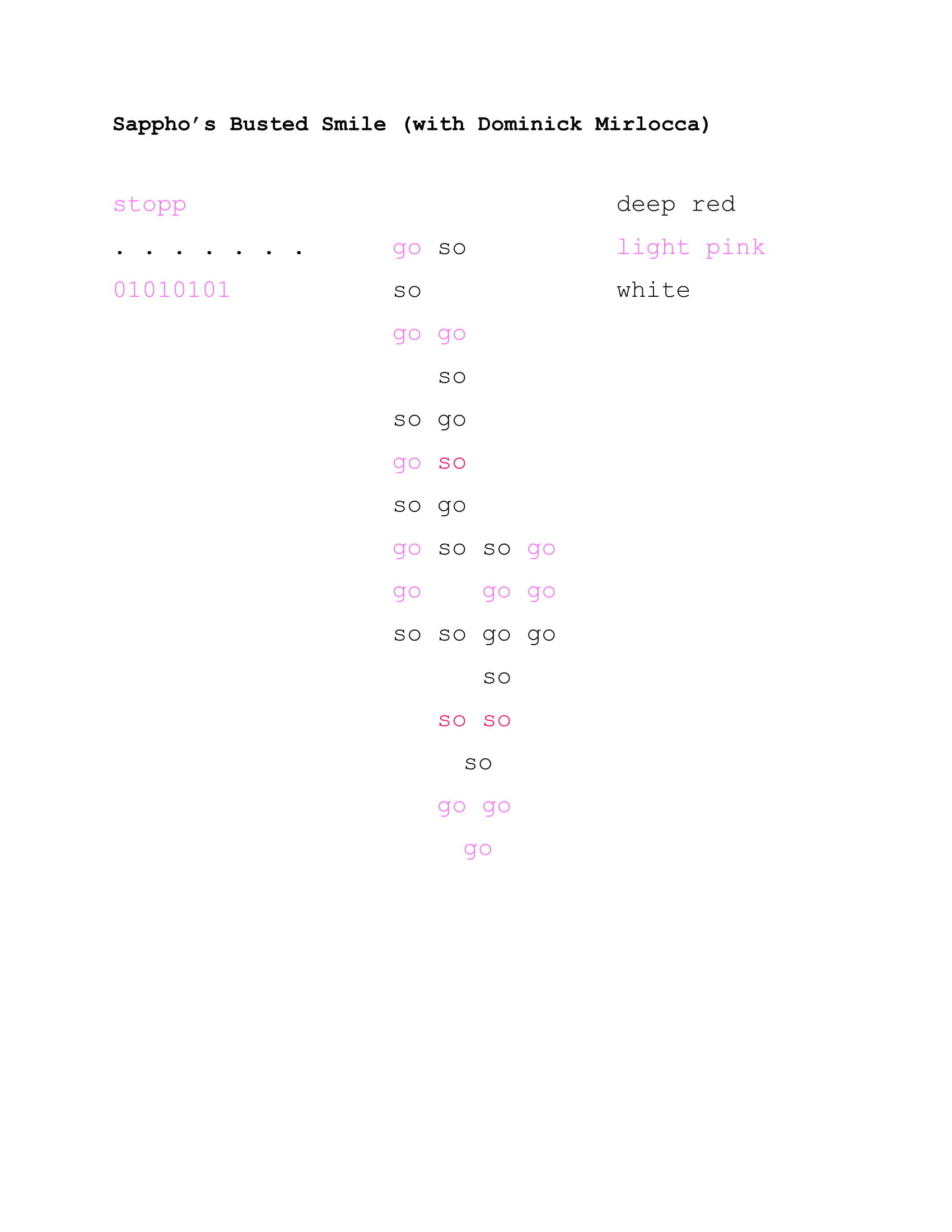TAP TO ENLARGE
TAP TO ENLARGE
Thus, satire, mockery, even invective were not at all foreign to Sappho. Such a poetess, compared in antiquity to Socrates for her verbal admonitions and irony, could very easily incur the enmity of Lesbian high society, just as Socrates gained the enmity of certain prominent Athenians.
And in many ways, Sappho follows the pattern for blame poets we have already seen. She was the worst. She was reported to be very ugly, as were Aesop and Hipponax: “In appearance she seems to have been contemptible [[eu]kataphronētos] and quite ugly [duseidestatē[n]], being dark in complexion and of very small stature.” Her homosexuality was reportedly also a cause for recrimination.
She was also the best: she was judged to be the best of women poets. “I know of no woman who even came close to rivalling her as a poet,” writes Strabo. She was sacred, and boasts that “the Muses had made her truly blessed and enviable”; she describes herself as one who serves the Muses: “For it is not right that there should be lamentation in the house of those who serve the Muses. That would not be fitting for us.” She is frequently associated with the Muses, and was in fact called the tenth Muse. As a writer of love poetry, she is, of course, strongly associated with Aphrodite; Alcaeus perhaps calls her “holy [agna].”
from “Chapter 8: Sappho, The Barbed Rose” in Victim of the Muses: Poet as Scapegoat, Warrior and Hero in Greco-Roman and Indo-European Myth and History by Todd M. Compton. (Hellenic Studies Series 11, Washington, DC: Center for Hellenic Studies). https://chs.harvard.edu/chapter/part-i-greece-8-sappho-the-barbed-rose/








